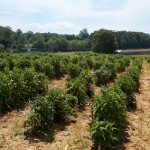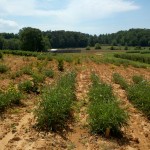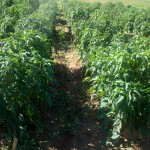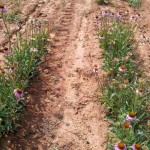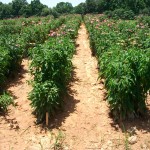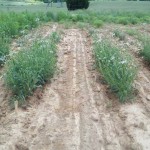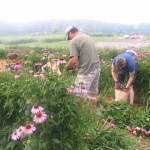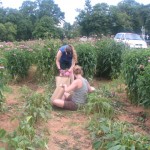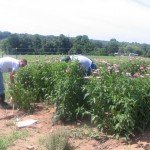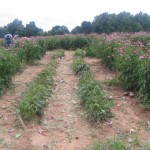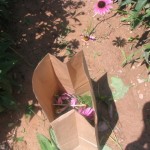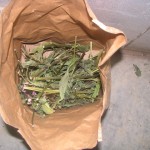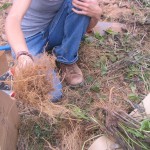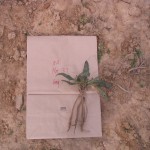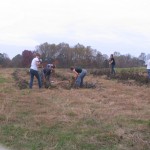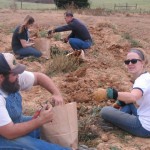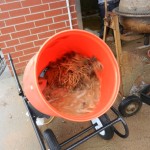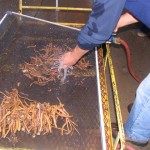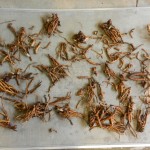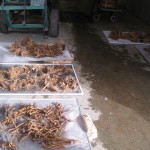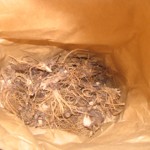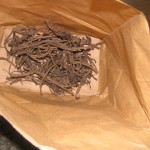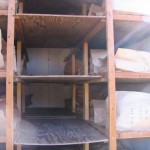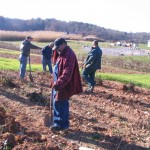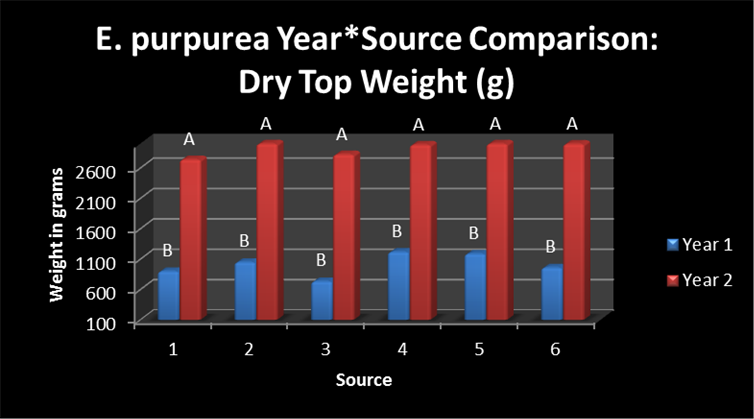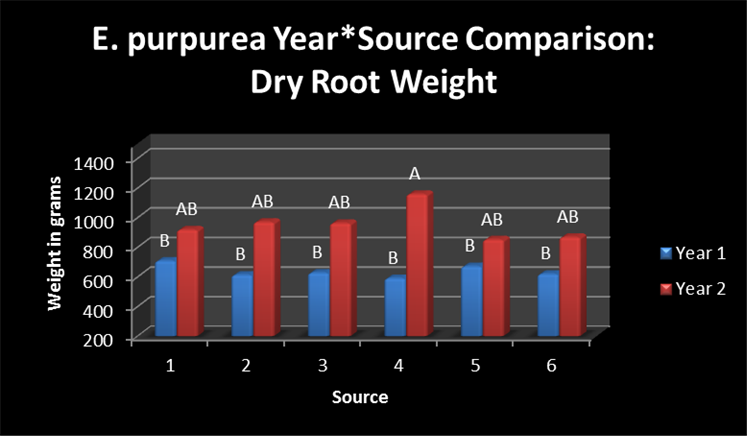2013 Echinacea Studies
go.ncsu.edu/readext?435326
en Español / em Português
El inglés es el idioma de control de esta página. En la medida en que haya algún conflicto entre la traducción al inglés y la traducción, el inglés prevalece.
Al hacer clic en el enlace de traducción se activa un servicio de traducción gratuito para convertir la página al español. Al igual que con cualquier traducción por Internet, la conversión no es sensible al contexto y puede que no traduzca el texto en su significado original. NC State Extension no garantiza la exactitud del texto traducido. Por favor, tenga en cuenta que algunas aplicaciones y/o servicios pueden no funcionar como se espera cuando se traducen.
Português
Inglês é o idioma de controle desta página. Na medida que haja algum conflito entre o texto original em Inglês e a tradução, o Inglês prevalece.
Ao clicar no link de tradução, um serviço gratuito de tradução será ativado para converter a página para o Português. Como em qualquer tradução pela internet, a conversão não é sensivel ao contexto e pode não ocorrer a tradução para o significado orginal. O serviço de Extensão da Carolina do Norte (NC State Extension) não garante a exatidão do texto traduzido. Por favor, observe que algumas funções ou serviços podem não funcionar como esperado após a tradução.
English
English is the controlling language of this page. To the extent there is any conflict between the English text and the translation, English controls.
Clicking on the translation link activates a free translation service to convert the page to Spanish. As with any Internet translation, the conversion is not context-sensitive and may not translate the text to its original meaning. NC State Extension does not guarantee the accuracy of the translated text. Please note that some applications and/or services may not function as expected when translated.
Collapse ▲Reviewed by Jeanine Davis, NC Alternative Crops and Organics Program, Department of Horticultural Science, NC State University on 5/3/2022.
Lijing Zhou, Postdoc, Jennifer Crumley, Graduate Student, Jeanine Davis, Project Leader, Associate Professor and Extension Specialist, John Balles, Sr. Research Scientist
North Carolina State University, Department of Horticultural Science, Raleigh, NC
Nutrition Product Development, Amway/Nutrilite Corporation , Lakeview, CA
Materials and Methods
Data are being collected on growth stage, plant vigor, plant height, flowering date, number of flowers once every other week starting May 24, 2013. Any diseases, insects, or other abnormalities encountered were monitored and diagnosed. At the late bud/few flowers open stage, E. purpurea aerial parts were collected, weighed, dried, reweighed, and shipped to Nutrilite for phytochemical analysis in late June, 2013. At the end of the growing season in 2013, roots from the Year 2 plots of each species at each location were harvested, washed, weighed, dried, reweighed, and sent to Nutrilite for phytochemical analysis. The harvests would have been impossible without the amazing help we received from the crews at the Reidsville and Mills River stations.
|
ep fresh sample |
|
Results and Discussion
Average Plant Height: There was no difference (P=0.3211) in average plant height of E. purpurea between the two growing locations. Plants in their second year of growth were significantly taller than in their first year of growth, with an average of approximately 31” compared to an average of 18”, respectively (Figure 1). Seed source 3 produced the shortest plants during year one, reaching an average of approximately 20.6” in height (Figure 1). The second shortest plants were produced from source 4 during year one with an average height of approximately 23.5”. There were no other differences among the sources. All sources were significantly different when year 1 to year 2 plants were compared, but the interaction was greatest for source 3, with an average of approximately 10.6” to 30.7”, respectively (Figure 1).
Top and Root Dry weight: There was no significant difference in E. purpurea top dry weight between growing locations or among plant sources. Harvest year, however, significantly (P<0.01) affected top dry weight. Plants harvested from the 2013 growing season produced more aerial biomass than plants harvested from 2012 (Figure 2). Dry root weight was also not affected by location (P=0.2548). However, year and the interaction between year and source showed that plants harvested in 2013 produced more roots than their 2012 counterparts. The interaction between year and source revealed that source 4 produced more roots in 2013 than the other sources (Figure 3). There were no other significant differences.
Acknowledgement
We gratefully acknowledge Nutrilite for the funds supporting these studies.



